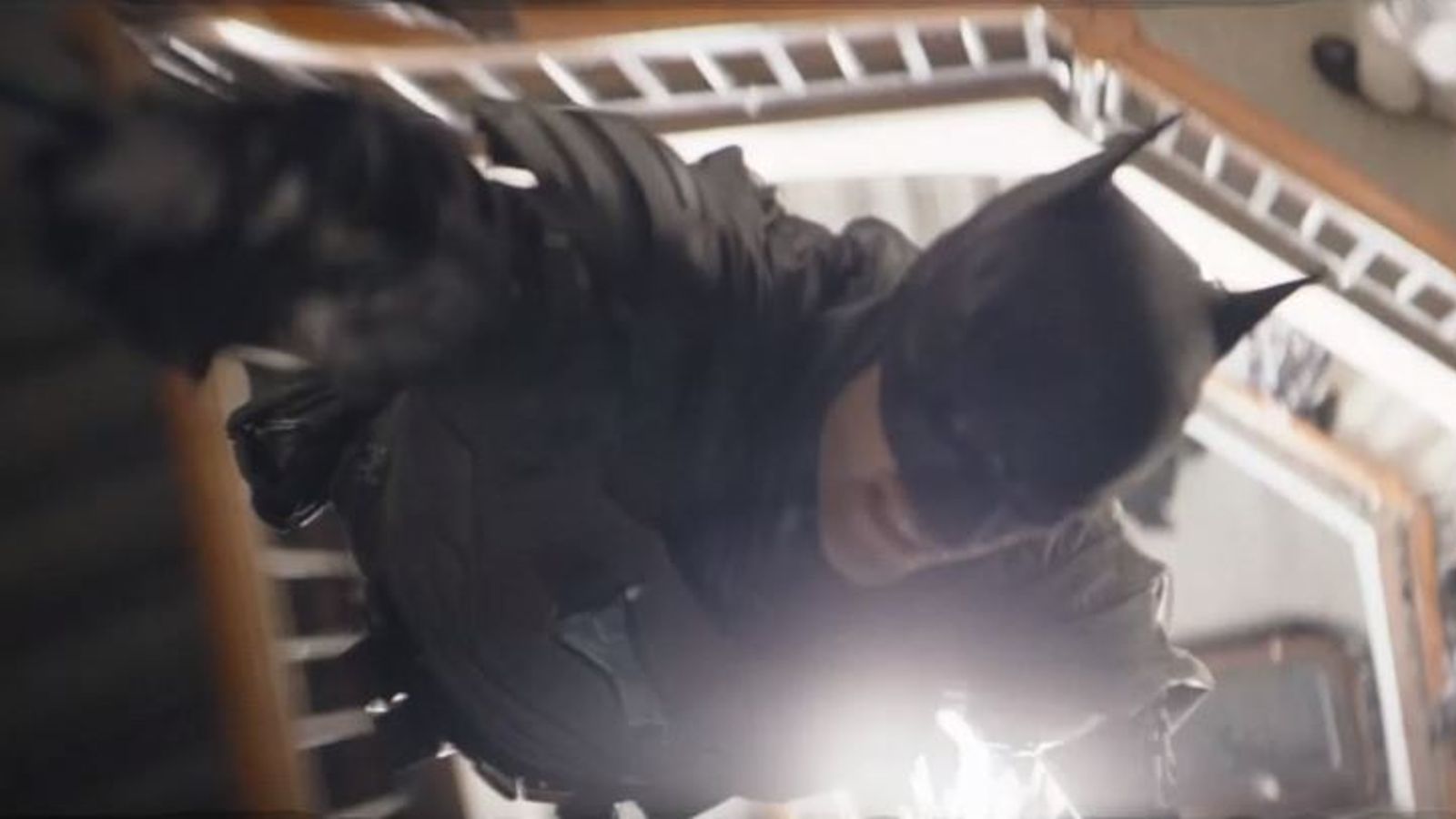There are a number of conclusions to be drawn from the blockbuster merger of Warner Media with Discovery.
The first is that this is all a gigantic U-turn from Warner Media’s current owner, the US telecoms giant AT&T, which has only owned the business for three years.
The $81bn acquisition of what was then called Time Warner by AT&T, which was co-founded by Alexander Graham Bell, the inventor of the telephone, was supposed to create a vertically-integrated media company powerful enough to compete on its own terms with tech giants like Amazon and Netflix, both of which were already content creators.
Instead, it is hard to disagree with the conclusions of Elliott, the activist investor, which appeared on AT&T’s shareholder register the following year, arguing that the deal had transformed AT&T into a “sprawling collection of businesses…saddled with the financial repercussions of its choices”.
As at the end of March, AT&T was saddled with $169bn worth of debt, a lot for a business with a stock market capitalisation of $230bn.
That debt level held back AT&T’s ability to invest in rolling out 5G services while at the same time building the HBO Max streaming service.
The debt has also unnerved a lot of the company’s investors.
Some of it will now be farmed off with the new Warner Discovery business – which will carry some $55bn worth of debt.
A second is that this is a decision that will have taken a lot of soul-searching on the part of John Stankey, who succeeded the long-serving Randall Stephenson as AT&T’s chief executive in July last year, since he not only led the acquisition of Time Warner but subsequently became chief executive of Warner Media.
It was a business that AT&T fought hard to acquire: both the US Justice Department and the former US president, Donald Trump, were staunchly opposed to the acquisition and AT&T had to fight them tooth and nail to get the deal through.
Including the debt AT&T took on, it cost shareholders something like $107bn, not to mention two years of management time.
Mr Stankey is now saying goodbye to a business in which he will have been invested emotionally.
David Zaslav, the Discovery chief executive, will assume that role at the new Warner Discovery – even though the latter will be only 29% owned by Discovery’s shareholders.
Mr Stankey – who admitted he was feeling slightly “melancholy” about parting company with the Warner assets – told CNBC today: “Things have changed quite a bit since we did the [Time Warner] transaction.
“The reality is we now have in front of us…an opportunity to create an enormous amount of value.
“I owe it to the shareholders of AT&T to let this dog hunt.”
It looks a pragmatic decision, though, which again proves how difficult telecoms companies find it to make money from media assets.
BT is currently pondering whether to sell BT Sport or bring in a joint venture partner while Verizon, the US mobile giant, last year sold the news and opinion website HuffPost to Buzzfeed and earlier this month offloaded AOL – which ironically acquired Time Warner at the beginning of the century – and Yahoo for $5bn to a private equity buyer.
A third conclusion is that Mr Zaslav is setting himself some ambitious goals.
He is targeting $3bn worth of synergies from slamming together the two businesses and is predicting that the company will by 2023 be throwing off $8bn of cash annually.
He said the combination of news, sport and non-fiction would “super serve” advertisers and added: “Warner together with Discovery will be a really strong global force.
“We have a portfolio of content that is very diverse and very appealing.”
The financial targets would be stretching enough on their own.
Warner Discovery may turn out to be worth more than the sum of its parts but the business faces some incredibly big and powerful competitors in the field of streaming.
Netflix has, of course, been around for a decade and now has 208 million customers globally.
But hot on its heels is Disney – whose Disney+ streaming service has garnered half as many customers as Netflix in just 18 months.
Peacock, the streaming service owned by NBC Universal – part of Comcast, the parent company of Sky – is also growing strongly with exclusive assets such as The American Office (the second most-streamed series on Netflix, which no longer owns the rights) and WWE.
It is also how US audiences are able to watch England’s Premier League football.
By comparison, the relatively young Discovery+ service has only around 15 million streaming subscribers, while HBO and HBO Max, owned by Warner Media, have just under 45 million.
Nonetheless, a competitive market has just become even more so, so it was perhaps no surprise to see shares of Netflix, Disney and Comcast all fell on the news.
Some analysts on Wall Street were even speculating last night about a possible counter-bid for the Warner assets from Comcast.
And Mr Zaslav is thinking big, revealing today he was targeting 400 million streaming customers, adding: “Why not?
“There’s billions of people out there in the market that we can reach.”
It was quite instructive to note that, when Mr Zaslav discussed the Warner assets he will shortly be running, it was not Game of Thrones or Sex in the City that he first mentioned but DC Comics titles like Batman, Superman and Wonder Woman.
That may have been accidental but it felt like a deliberate juxtaposition with the way Disney has brought all of the Marvel Comics intellectual properties under one roof since its acquisition of the entertainment assets of 21st Century Fox three years ago.
A fourth conclusion is that this transaction highlights, yet again, the ubiquitous influence on the US tech and media industries of John Malone.
The man Wall Street calls the “swamp alligator” – so-called for his legendary ability to lie in wait before seemingly emerging from nowhere to devour his prey – is chairman of Discovery, controlling around 30% of the votes in the company, with the Newhouse family, the owners of the Conde Nast publishing empire, owning a further 15% or so.
Both have been supportive of Mr Zaslav’s ambition to make Discovery a greater force in the world of streaming.
Billionaire Mr Malone, whose Liberty Global owns Virgin Media in this country, is expected to be influential in the new business – which, via Discovery, will also be a part-shareholder in the new GB News channel being launched later this year.
There are also big questions about what happens next, for example, whether regulatory hurdles emerge.
The combined business accounts for around 30% of US cable television viewing.
Another question is how Mr Zaslav, regarded as a skilled media CEO who oversaw Discovery’s landmark $12bn takeover of the Food Network and HGTV in 2018, intends to pitch the new business to customers.
Will, for example, he seek to sell Discovery+ and HBO Max to customers as a bundle?
Mr Zaslav also faces a major rebuilding operation in Warner Media.
A number of talented managers left the business following the takeover by AT&T, most notably Richard Plepler, the former chairman and chief executive of HBO, who oversaw the creation of hit shows like Game of Thrones and Boardwalk Empire.
It will certainly mean more upheaval for long-serving employees of Warner Media, just as they were getting used to life under AT&T, which cut several thousand jobs after acquiring the business.
Wall Street analysts were also questioning today the extent of the ongoing relationship between the new company and AT&T, whose mobile arm currently offers its customers free access to HBO Max, as a way of keeping them locked in.
It is possible such relationships will continue in future.
So, lots of conclusions to be drawn, but plenty of questions too.
Watching how the combination plays out will be at least as fascinating as some of the content on Discovery or HBO.






















